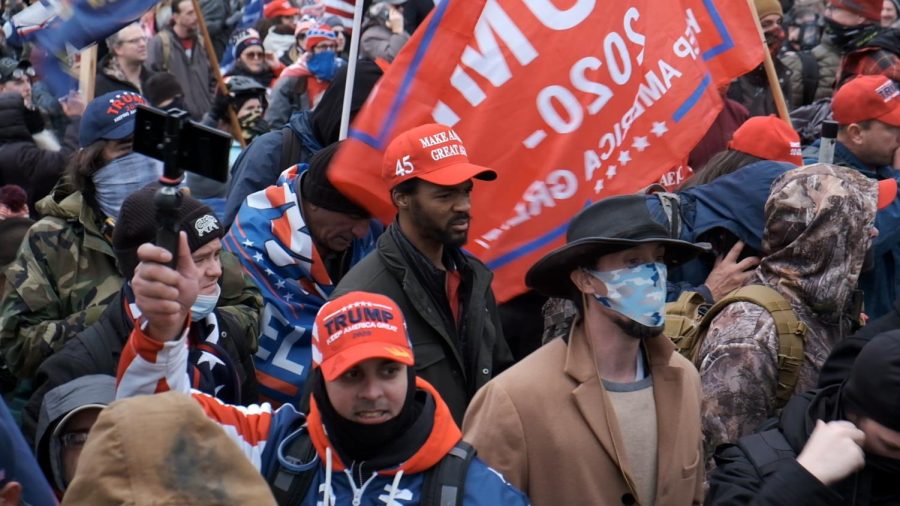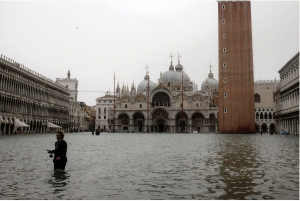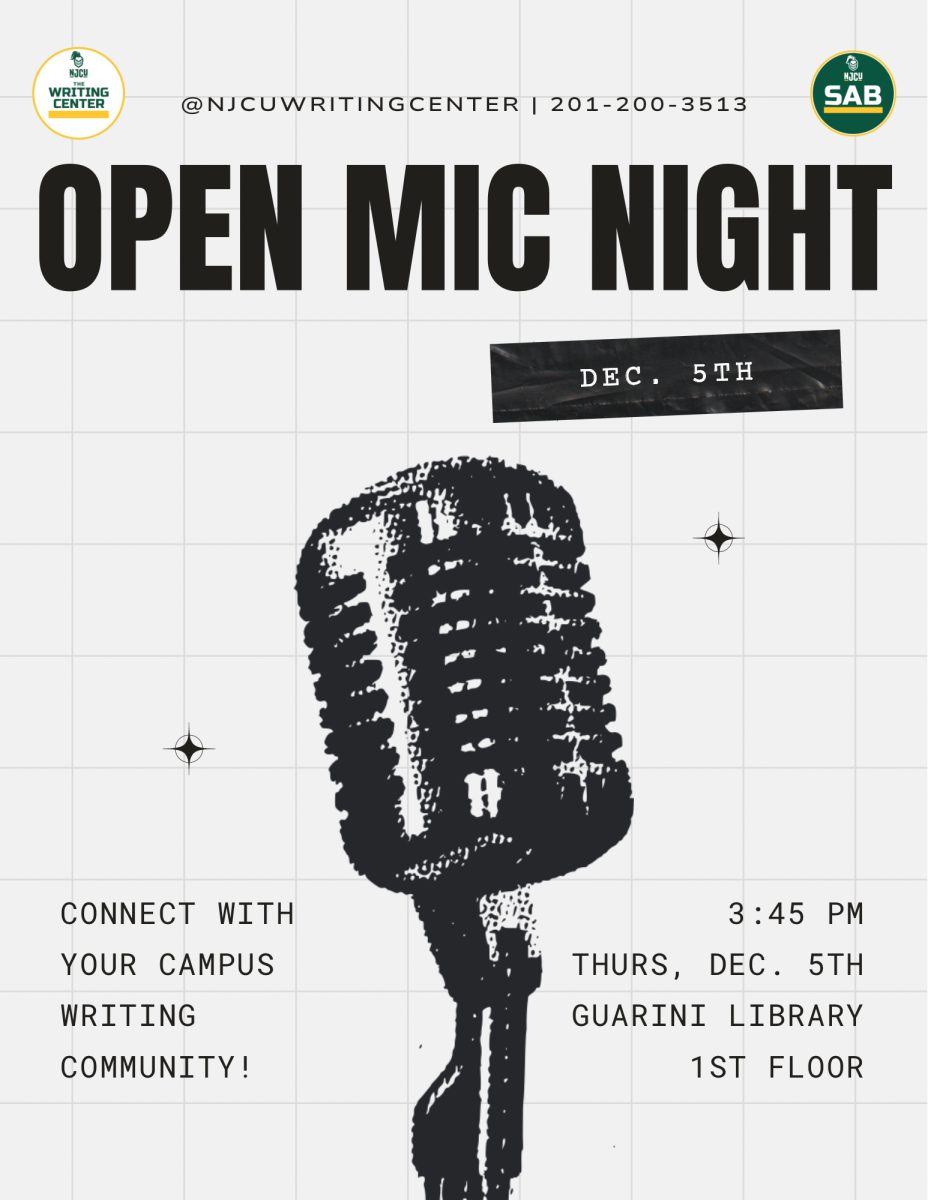The Destructive Legacy Of January 6th
Scenes from the January 6, 2021, insurrection at the United States Capital. Photo by Dakota Santiago
March 22, 2022
It’s known now as the “big lie;” the idea that Donald Trump perpetuated the idea among his supporters that the only way his campaign would lose this election would be if there was interference from his opponents. Trump’s infamous quote saying, “….make sure your vote gets counted. Make sure because the only way we’re going to lose this election is if the election is rigged” created the foundation for a new way of thinking that placed doubt upon the United States’ voting system.
Creating a loss of confidence in the voting system allowed Trump to put the blame of his failure not on himself but instead on the government for unfairly targeting him. This positioned him as a martyr who only wanted to “keep America great.” But by perpetuating mistrust in the voting system and our own representatives, Trump’s “Big Lie” has significantly larger effects than just influencing this election. In fact, the consequences were seen soon after when groups of armed terrorists surrounded the Capitol building in an attempt to sway the results. An insurrection such as this leaves many to wonder, what will happen next?
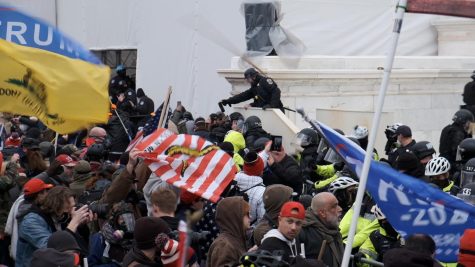
Trump’s term in office created a ground for these white supremacists’ ideals to fester and build momentum. Since the beginning of his administration, Trump has created a safe place for right wing extremists in the United States. In 2019, emails between Trump and his senior advisor for policy and chief speechwriter, Steven Miller, were published. In these emails, Miller expresses robust support for many extreme white supremacist concepts, including the “great replacement” theory, race science, and eugenics. Going further, Miller blamed immigrants for crime and even praised the Confederacy. To put in plain terms, a senior advisor to the President of the United States supported ideas which greatly resemble white supremacist and Nazi propaganda.
Among the people involved in the attack on the Capitol – which led to the death of five Americans – white supremacist and right-wing terrorist groups played a huge role. Militia groups that spouted right wing rhetoric used the January 6th riots as an opportunity to recruit and enlist more individuals for their cause. Militias such as the Proud Boys showed up to events claiming to “keep order” such as providing security for Mike Pence and Roger Stone or detaining protestors. Right wing militia groups threatened the security of our country which we saw all too well during the Unite the Right Rally in Charlottesville in 2017 when private militias outgunned and outmanned the actual police force. Time after time these right-wing militias have deterred and prevented police from actually enforcing law and order.
In the United States, white supremacist violence has been drastically increasing. Since 2015, there have been 267 plots or attacks involving right wing extremists resulting in 91 fatalities (Washington Post). Right wing extremism began gathering momentum shortly after the election of former President Barack Obama in 2008.
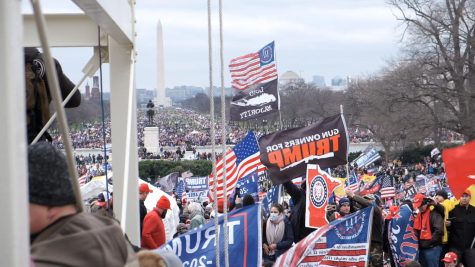
The use of social media has contributed greatly to the rise of white supremacy. An example of social media’s effect on the right-wing agenda is Taylor Michael Wilson who, on October 22, 2017, pulled the brakes on a train, carrying a handgun and a pocket knife. After a struggle with a train conductor, Wilson was restrained. Later, Wilson stated to a deputy that he “was going to save the train from black people”. It was later found that Wilson had deeply immersed himself in right wing propaganda through social media.
The white supremacist agenda has found a place in the larger anti-government agenda, and Trump’s position in office provided this movement an ally. Now that Trump’s presidency has come to an end, the FBI and Department of Homeland Security have significantly increased their efforts to combat the new wave of white supremacy in the U.S. However, the spark in the white supremacist movement still lives on. As Representative Jamie B. Raskin (D-Md.), who held oversight meetings during 2019 on the federal response to rising white supremacist violence, said, “Any expert is going to tell you that this is the most serious security threat to the American people today. And yet we don’t have any good description of the magnitude and dimensions of the problem.”



